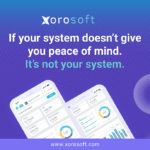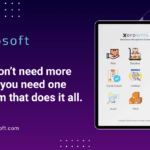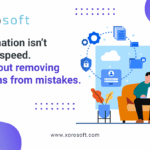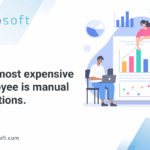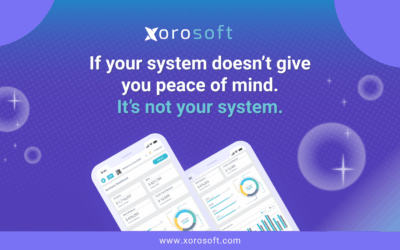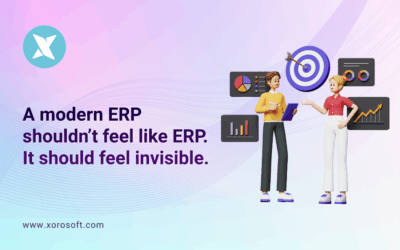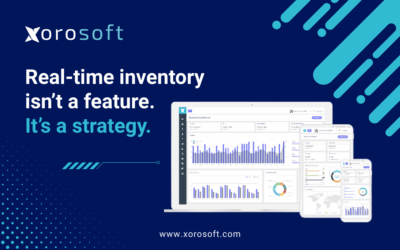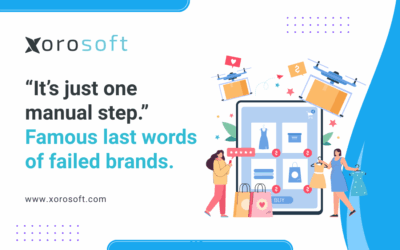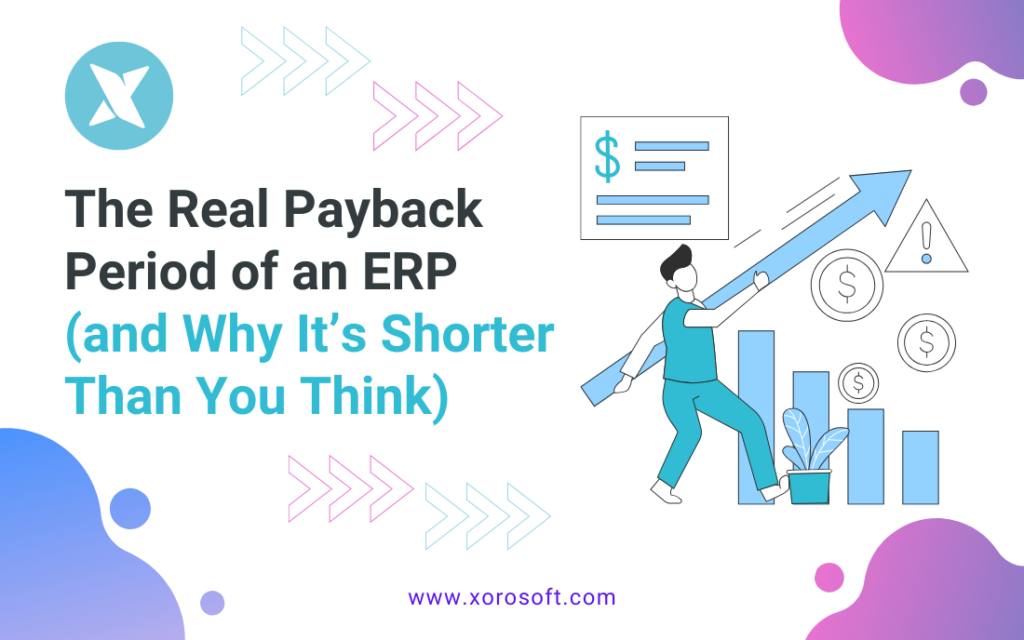
Why the ERP Payback Period Matters More Than You Realize
Most leaders hesitate before investing in ERP software. It’s rarely about the need—they know growth demands better systems. What holds them back is the ERP payback period.
They’ve heard the stories: projects that drag on, costs that balloon, and systems that never seem to deliver. As a result, ERP often looks like a long, expensive gamble.
However, that assumption is outdated. The real ERP payback period is often far shorter than expected—sometimes just months instead of years.
The Hidden Costs of Disconnected Systems
Every scaling business hits a breaking point. Inventory data lives in spreadsheets. QuickBooks lags behind real-time sales. Warehouse staff scramble with fulfillment errors.
Meanwhile, finance teams drown in manual reconciliations. Operations waste hours double-keying data into multiple apps. Consequently, mistakes multiply and efficiency disappears.
The real price isn’t just inefficiency—it’s broken trust. Customers get frustrated when shipments are late. Vendors lose confidence when payments stall. Teams burn out because the very tools they rely on slow them down.
Therefore, when leaders run ROI numbers, they focus too much on ERP as a cost center: license fees, consultants, implementation. What they miss are the hidden drains—lost sales, costly errors, overtime, and churn.
What Really Extends the ROI Timeline of ERP
So why do so many businesses assume ERP takes years to pay back? The answer lies in outdated assumptions. For decades, ERP meant:
-
On-premise software tied to expensive hardware
-
Customization projects that dragged on for years
-
Complex interfaces requiring armies of IT staff
-
Data silos that never truly disappeared
This legacy model gave ERP a bad reputation. It left leaders cautious even as their businesses buckled under the weight of disconnected systems.
In reality, modern ERP has redefined the ROI timeline. The ERP return period is now much shorter because the technology itself is faster, smarter, and easier to use.
How Modern ERP Shortens the Payback Period
With cloud-native ERP, the payback clock doesn’t tick for years. It starts immediately. The gains show up in real operations, not distant promises.
-
Real-time inventory visibility prevents overselling, stockouts, and rush shipping costs.
-
Automated procurement and fulfillment eliminate manual entry and reduce human error.
-
Integrated accounting speeds up financial close and ends month-end bottlenecks.
-
Built-in WMS streamlines warehouse operations without bolt-on costs.
-
Multi-channel and multi-currency support enable expansion without adding extra staff.
As a result, businesses see measurable savings and growth acceleration almost instantly. Moreover, the payback period is often shorter than the time leaders spend debating the decision.
Operational Efficiency Gains That Speed ERP ROI
For operations teams, real-time stock levels, directed picking, and automated replenishment immediately reduce errors and overtime. Consequently, rush shipping and order cancellations drop, which accelerates the ERP payback timeline.
Finance Improvements That Tighten ERP Returns
For finance, integrated receivables, payables, and bank feeds compress the close cycle. In addition, audit trails and accurate landed-cost allocation prevent costly rework. Therefore, cash flow improves, and ERP returns become visible faster.
Why Xorosoft Delivers Faster ERP Payback Period Results
Xorosoft was built with ROI at the center. Instead of legacy headaches, it offers a system designed for speed, clarity, and usability.
-
Cloud-native architecture means no hardware, no delays, and fast deployment.
-
Deep integrations connect directly to platforms like Shopify, Amazon, EDI, and 3PLs.
-
One unified platform combines inventory, WMS, procurement, accounting, and reporting.
-
Automation-first workflows cut manual work and errors from day one.
-
Ease of use validated by customers: Ranked #1 in Ease of Use on G2.
Because of these advantages, companies using Xorosoft often see ROI in months. For example, many cut redundant tools, reduce labor costs, and fulfill faster without adding headcount. In short, the ERP investment payoff becomes a matter of months, not years.
Avoiding Delays That Stretch ERP Returns
Many businesses delay ERP because they fear the investment. Ironically, that delay costs them more than ERP itself.
Each week spent on spreadsheets translates into missed revenue. By the end of the month, manual reconciliation has already siphoned productive hours from your team. Over a quarter, fulfillment chaos compounds and customer patience wears thin.
Therefore, the real question isn’t “When will ERP pay back?” but rather “How much are we losing by not acting sooner?”
Next Steps to Validate Your ERP ROI
The belief that ERP is slow to pay back belongs to another era. Today, cloud-native ERP delivers results in months, not years.
With Xorosoft, growth doesn’t feel chaotic—it feels aligned. Teams gain clarity, operations run smoothly, and customers get what they need on time.
👉 Explore XoroONE or book a demo today to see how quickly your business can turn ERP into a profit driver.
